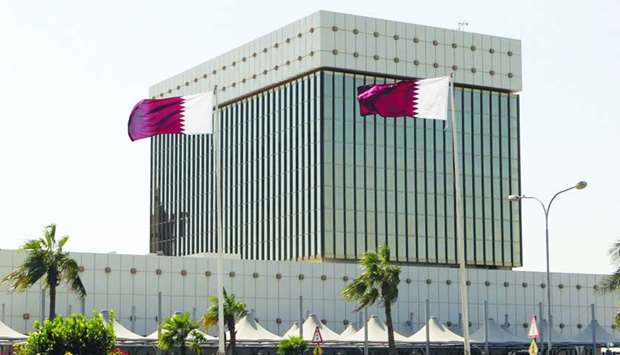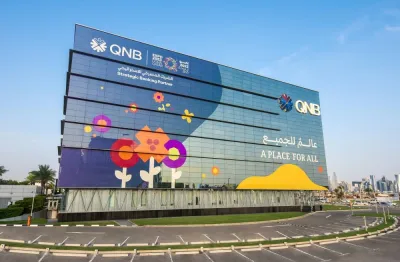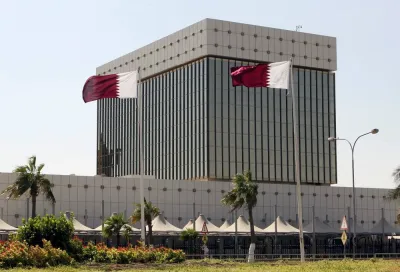The Qatar Central Bank’s foreign exchange reserves remained broadly stable at around $38bn, equating to six months of import cover, QNB has said in its ‘Qatar Monthly Monitor’.
The country’s current account surplus widened to 6.4% of GDP in the fourth quarter (Q4) in line with higher oil prices while the financial account deficit narrowed, the report said.
Exports grew 14% year-on year (y-o-y) in February as a result of higher oil prices while imports grew marginally at 0.6% y-o-y.
The fiscal account remained in deficit in Q3, but should recover subsequently as revenue rises in line with higher oil prices, QNB said.
Brent crude prices were stable on average in March, QNB said and noted Qatar’s oil production rose to 621,000 bpd in December from 612,000 bpd in the previous month.
Bank assets in Qatar expanded to $378.9bn growing 9.1% y-o-y in February, QNB said.
Deposits from the non-resident and private sector remained stable in February.
Bank deposit growth was 6% y-o-y in February, while credit growth stood at 7.4%, driven by lending to the public sector, which grew 12.6% y-o-y.
Broad money supply (M2) grew by 15.7% in February compared to 19.6% in January.
Interbank rates continue to rise in line with increases in the US short-term rates, QNB said.
Industrial production surged to 7.4% y-o-y in Q3 on a rebound in the mining sector likely due to less maintenance on LNG trains.
The real estate price index continued its recovery, rising 1.8% month-on-month in December.
The report said 5-star and 4-star hotel occupancy rates rose to 58% and 60% in February from 56% and 59% in January respectively.
Qatar’s real GDP growth slowed marginally in the fourth quarter mainly due to temporary shutdowns for LNG maintenance. Non-hydrocarbon real GDP growth was 4.2% for 2017, QNB said.
Exports grew 14% year-on year (y-o-y) in February as a result of higher oil prices while imports grew marginally at 0.6% y-o-y.
The fiscal account remained in deficit in Q3, but should recover subsequently as revenue rises in line with higher oil prices, QNB said.
Brent crude prices were stable on average in March, QNB said and noted Qatar’s oil production rose to 621,000 bpd in December from 612,000 bpd in the previous month.
Bank assets in Qatar expanded to $378.9bn growing 9.1% y-o-y in February, QNB said.
Deposits from the non-resident and private sector remained stable in February.
Bank deposit growth was 6% y-o-y in February, while credit growth stood at 7.4%, driven by lending to the public sector, which grew 12.6% y-o-y.
Broad money supply (M2) grew by 15.7% in February compared to 19.6% in January.
Interbank rates continue to rise in line with increases in the US short-term rates, QNB said.
Industrial production surged to 7.4% y-o-y in Q3 on a rebound in the mining sector likely due to less maintenance on LNG trains.
The real estate price index continued its recovery, rising 1.8% month-on-month in December.
The report said 5-star and 4-star hotel occupancy rates rose to 58% and 60% in February from 56% and 59% in January respectively.
Qatar’s real GDP growth slowed marginally in the fourth quarter mainly due to temporary shutdowns for LNG maintenance. Non-hydrocarbon real GDP growth was 4.2% for 2017, QNB said.



